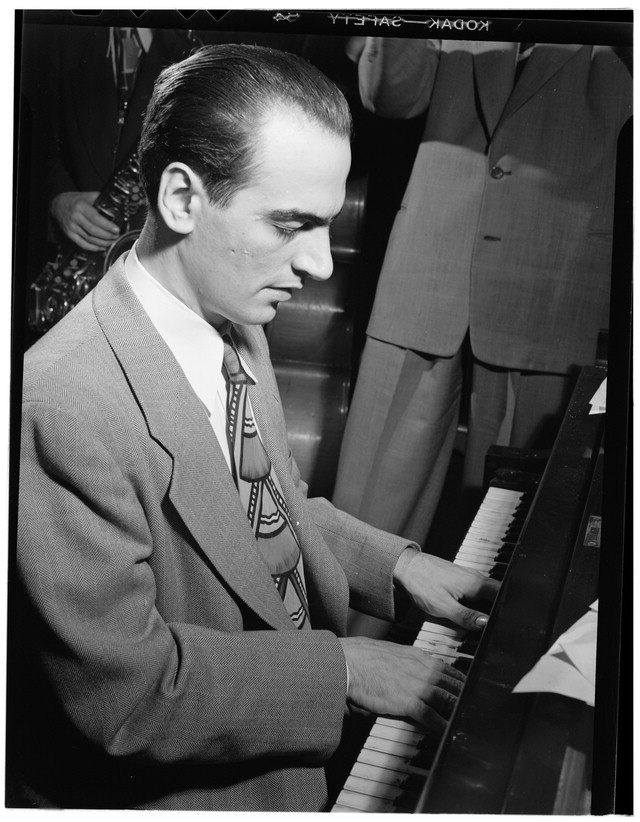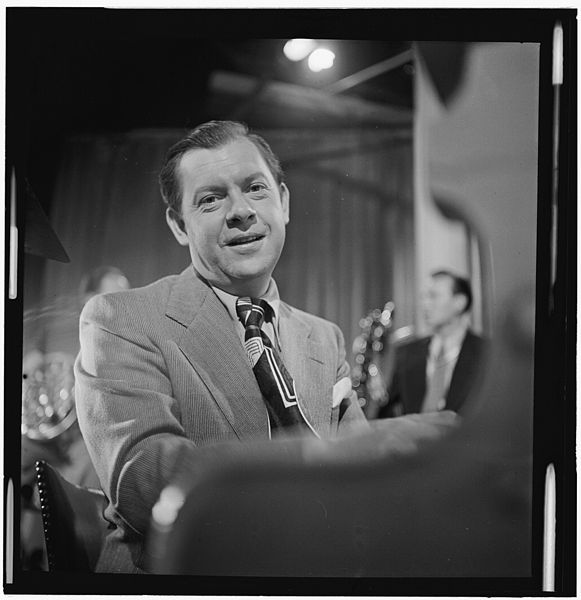
Cool Jazz 2
The slow vibrato, relaxed phrasing, and dry, smoky sonority of Lester Young ( "Stardust" ) greatly influenced many younger mid-1940s saxophonists who later epitomized cool jazz, such as Stan Getz, Art Pepper, Al Cohn, and Lee Konitz. Together with his minimal vibrato and his emphasis on simplified phrasing, the lyricism of Miles Davis exerted a significant influence on many of the cool trumpeters, including Chet Baker and Shorty Rogers. While there was no clear conception of a cool jazz piano style, the most definitive pianists of the style were Lennie Tristano, John Lewis, and George Shearing. Both Shearing and Lewis emphasized lyricism and economy and an understated, light, classically inspired touch. Tristano similarly embraced subdued accents, a controlled execution, and a clear, light tone. Although most cool jazz performers largely avoided these traits, Tristano was a critical mentor/teacher of several cool jazz musicians, including Lee Konitz, saxophonist Warne Marsh, and guitarist Billy Bauer. Among drummers, the most prominent musician was Shelly Manne. As both a leader and a sideman in cool and West Coast jazz circles, Manne's generally conservative style emphasized a restrained but strong sense of swing paired with a notably melodic approach to his instrument's percussive pitches.
Also influential in helping to form the roots of cool jazz in the late 1940s were several big bands that presaged cool-type sonorities and brought together crucial musicians who later became central proponents of cool jazz. The 1940s big bands of Woody Herman and Stan Kenton, for instance, were an essential part of the professional backgrounds of a good number of cool jazz saxophonists. More stylistically influential was the unusual, mid-1940s big band run by the pianist/composer Claude Thornhill. With his arranger Gil Evans and such notable instrumentalists as the saxophonists Gerry Mulligan and Lee Konitz, Thornhill created a unique ensemble celebrated for its rich, sophisticated arrangements. Thornhill expanded big band instrumentation by adding several instruments more typically associated with classical music, including French horns, bass clarinet, and tuba.
The soft tone colors and rich harmonic palette of this ensemble reflected Thornhill's great interest in the music of the French impressionist composer Claude Debussy. The influence of Debussy's orchestral music is evident in the highly original arrangements of the nineteen-piece Thornhill band, which frequently emphasized floating, nearly static harmonic textures and rich, low-register coloristic effects. We can appreciate these qualities in Thornhill's 1941 recording of his signature tune, "Snowfall" .
-
- The floating sound is heard from the [beginning to 00:40]
-
- Low-register colors (tones formed by combining instrument sounds) [00:15-00:26]
Evans also expanded the band's repertoire by fully embracing this sensibility and merging this sound with bebop. His adaptations of three of Charlie Parker's best-known tunes, "Anthropology" , "Yardbird Suite" , and "Donna Lee" , are particularly notable. This latter approach formed an essential foundation for the Miles Davis nonet arrangements of 1949 to 1950. Of particular note is his recording of Gil Evans arrangement of "Summertime" .
Heebie Jeebies
Say, I've got the Heebies
I mean the Jeebies
Talking about
The dance, the Heebie Jeebies
Do, because they're boys
Because it pleases me to be joy
Boogie Woogie Bugle Boy
He was a famous trumpet man from out Chicago way
He had a boogie style that no one else could play
He was the top man at his craft
But then his number came up and he was gone with the draft
He's in the army now, a blowin' reveille
He's the boogie woogie bugle boy of Company B







